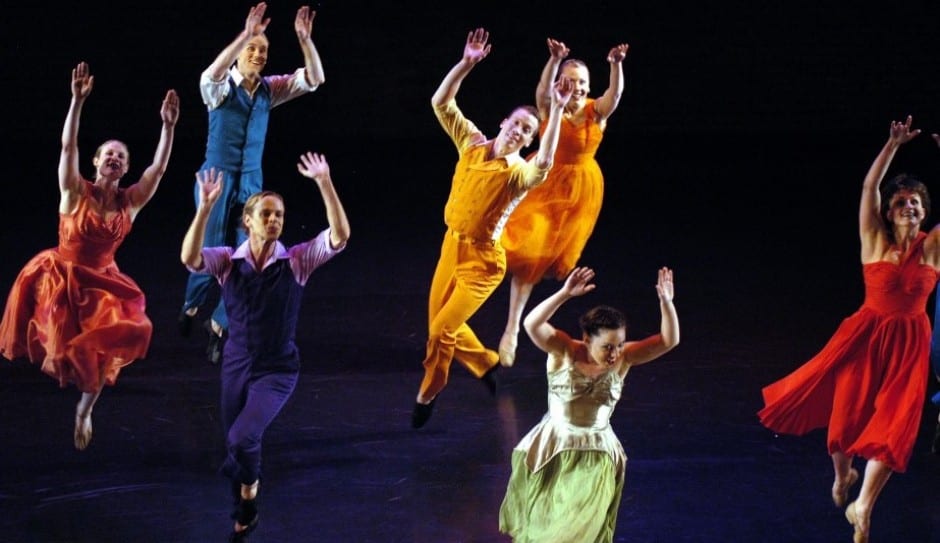The 2016 Teaching Jazz Dance was hosted by the Division of Dance at Southern Methodist University Monday through Wednesday June 13-15. It was the best yet – interesting and stimulating participants with great classes, presentations and discussions. Here we are!
Including me, there were eleven participants, Karla Grotting (Minneapolis), Richard Havey ( Las Vegas), Jeff Hendrix (California), Michele Ikle (New York State), Erinn Liebhard (Minneapolis), Dale Merrill (California), Thorey Mountain (Oregon), Paula Peters (Seattle), Michael Williams (Arizona) and Danny Buraczeski – Director (SMU, Dallas). Everyone in the group was engaged and engaging, offering diverse perspectives on jazz dance.
Karla Grotting was a member of both the New York City and Minneapolis iterations of JAZZDANCE, Richard Havey was a member of the New York company. Dale Merrill was the founder and artistic director of Spectrum Dance Theater in Seattle. I set both Fuerza Viva and Secular Psalmody (great title!) on Spectrum while he was director. Paula Peters is a great teacher and jazz dance scholar, Michael Williams, the founder of the jazz program at the University of Arizona and creator of the Arizona Jazz Dance Showcase, celebrating its 25th year in September. Thorey Mountain danced with Matt Mattox and is a living repository of his technique/style. Michele Ikle, Chair at Hobart & William Smith College in upstate New York, combines deep somatic work and the teaching of jazz dance. Jeff Hendrix teaches in the Los Angeles area. Erinn Liebhard was the young of the group. She is a joy, passionate about vernacular, rhythm based dance forms.
Lots went on over the two and a half days. In general, we all felt that jazz dance is in a place of transition and, perhaps, confusion. The influx of new ideas from popular culture has both positive and negative influences. Because of shows like Dancing with the Stars and So You Think You Can Dance, there is more awareness of dance than ever before. It is, however, a double edged sword. While acknowledging and holding on to the historical roots of jazz dance, the form needs to be inclusive. Being too much of a purist can mark the beginning of the end. We all, as jazz dancers, teachers and choreographers want the music and the dancing to live on forever.

